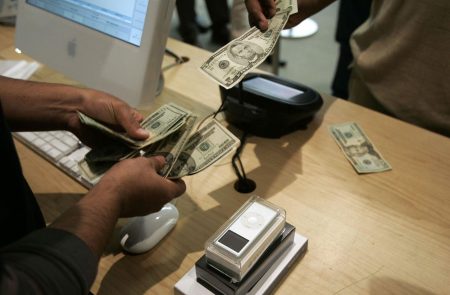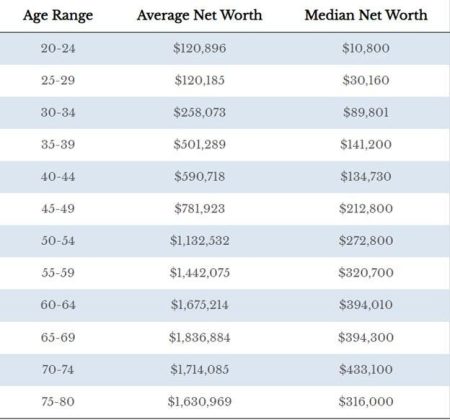The legendary Buffett and Munger fund believes that interest rates are about to drop again, otherwise they would not be loading up on these housing stocks which are as interest-rate sensitive as it gets. This sector has out-performed the market as whole ever since the March, April 2020 pandemic low which gave us zero rates for a while.
Placing investor money in the housing group would seem somewhat risky given the resultant need to see rates go back down and not to continue to rise.
Obviously, the superstar group managing the mighty Omaha giant have done the work and conclude that the Fed is on the verge of easing, if not this quarter or the next, then in early to mid 2024. What might seem troubling is that this is basically the consensus view and that joining the consensus can be unfortunate when it comes to markets. Not always but often enough to make it an uncomfortable position for some. Of course, it’s difficult to question the legends and probably borders on stupid – obviously, the experts in the field have done extensive work and concluded that this time it’s wise to be on the side of most participants and observers. So be it.
The specific housing stocks that Berkshire Hathaway
BRK.B
LEN
NVR
It’s hard to say and to be absolutely sure about it, but let’s look at the individual names.
Housing Stocks
D. R. Horton.
Now trading with a price-earnings ratio of just 8.96 at a time when the Shiller p/e for the Standard and Poor’s 500 sits at 30.71, the stock passes the first test for “value.” The price to book ratio of 1.98 is right down there as well as the S&P 500 price to book comes in at 4.26.
This year’s earnings per share are up by 44.60% and for the past 5 years up by 43.20%, not bad. Shareholder equity greatly exceeds long-term debt and the price to free cash flow ratio of 13.21 is sweet. D. R. Horton pays a dividend of .79%, not that much but it shows shareholders that management is with them.
Here’s the daily price chart:
The trend upward is clear as the stock remains above both its 50-day moving average (the blue line) and its 200-day moving average. You can see how the news that Berkshire Hathaway added the company took the stock higher yesterday. That it’s unable to take out the July high is interesting.
Here’s the D. R. Horton monthly chart:
That’s a spectacular uptrend, especially the action from the March/April, 2020 low – where the Fed went to the low interest rates to help the economy recover. This housing stock recovered and then some: that it’s so much higher than its 50-week moving average and its 200-week moving average is worth thinking about, especially with Welles Wilder’s relative strength index (RSI, below the price chart) re-entering the “overbought” range.
Part 2 to follow.
Read the full article here















